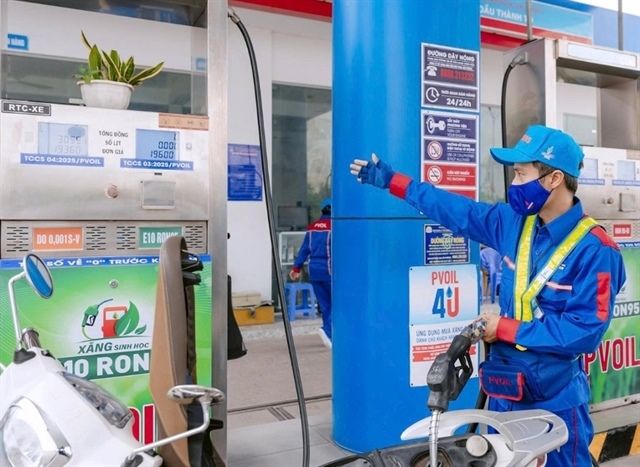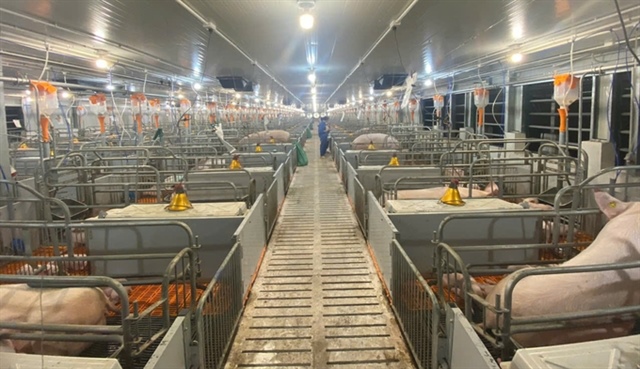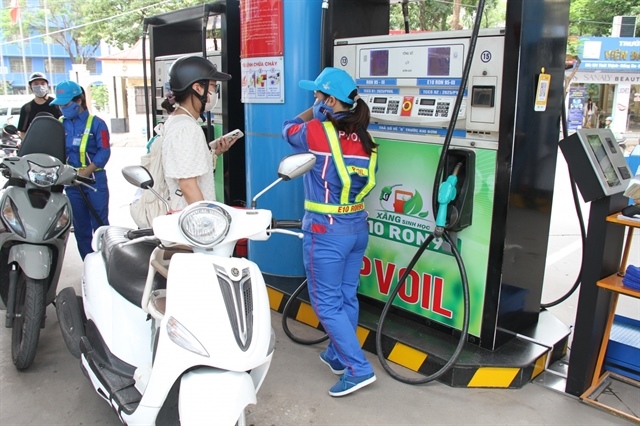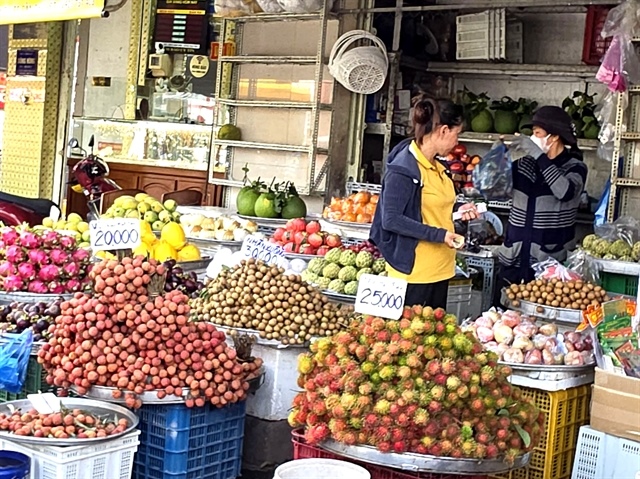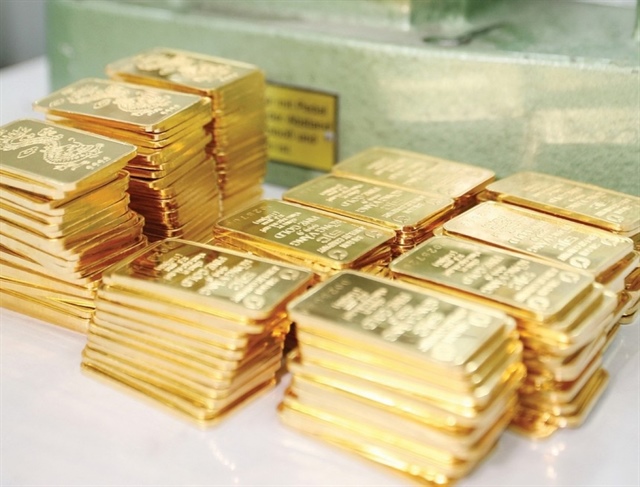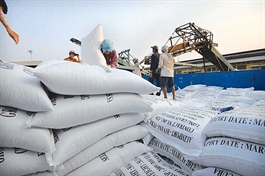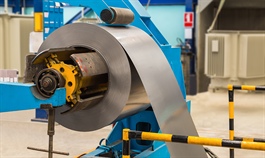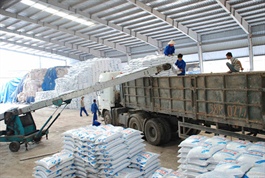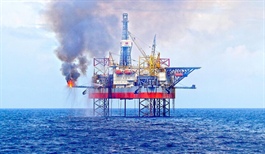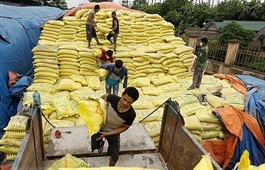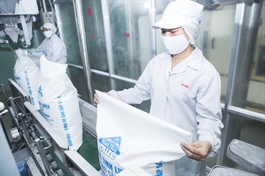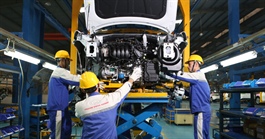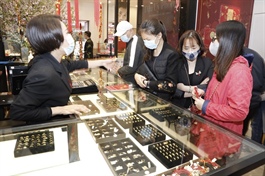Viet Nam to be among world’s main shrimp producer
Viet Nam to be among world’s main shrimp producer
The effective response to the COVID-19 pandemic and the successful application of technology in production could pave the way for Viet Nam to become one of the world’s main shrimp producers, experts have forecast. 
According to Robins McIntosh, Executive Vice President of Thailand’s Charoen Pokphand Group, shrimp production tends to increase by 6-7 per cent each year despite the COVID-19 pandemic causing a disruption in the global foodservice sector.
He explained demand and consumption of shrimp were still high in the long term, which would push global shrimp production up 5-10 per cent.
Meanwhile, the COVID-19 pandemic did not affect consumption so basically shrimp price did not fall. The good price and successful control of the pandemic in shrimp-producing countries led to a strong recovery in the sector in the second half of last year, even higher than expected in some countries.
Assessing Viet Nam's shrimp industry, McIntosh said Viet Nam's production has increased over the years, at roughly 5-10 per cent and even 12 per cent in some years.
The growth rate was steady, he said, noting it was slow but methodical thanks to technological changes in Viet Nam's shrimp farming.
In recent years, high-tech shrimp farming has been widely applied across the country, especially in the Southeast and the Mekong River Delta regions.
According to the Ministry of Agriculture and Rural Development, the country currently has more than 200,000 hectares of hi-tech shrimp farming, most of which are in Bac Lieu and Soc Trang provinces with a total area of about 186,000 ha. The two provinces have attracted foreign enterprises who invest in shrimp farming for export.
Recognising the achievements of Viet Nam's shrimp industry, neighbouring shrimp-producing countries have moved to work with Viet Nam in producing shrimp for supply to the world market.
In early February 2021, the Indonesian government aimed to cooperate with Viet Nam in the development of aquaculture, especially lobster farming technology.
Sakti Wahyu Trenggono, Indonesian Minister of Maritime Affairs and Fisheries said Indonesia planned to invite Viet Nam to promote aquaculture, especially the production of key aquatic products and to help ASEAN countries contributing to the world food supply.
Despite the success, Viet Nam's shrimp industry has always made efforts to increase business, especially during the pandemic and adverse impacts of drought and salinity in shrimp farming areas.
In order to have successful crops with high economic efficiency, authorities are trying to encourage shrimp farming firms to apply technology.
According to Tran Van Lau, Chairman of People's Committee of Soc Trang province, though shrimp farming is a difficult profession, the better cooperation between farmers and processing and export firms has helped the province’s sector gain many successful harvests.
To gain more success, Lau advised farmers to better apply science and technology and gradually switch to intensive and high-tech farming to increase output, reduce risks and build effective and sustainable value chains in the long term.
To support farmers, the agricultural sector must actively coordinate with provinces to promptly and effectively handle arising problems besides paying attention to training human resources to meet the development requirements of shrimp farming and processing, Lau said, adding the province aimed to farm 51,000 ha of shrimp and an output of 172,000 tonnes this year.
The same move was also seen in Bac Lieu province, which hopes to become the capital of Viet Nam's shrimp industry. The People's Committee of Bac Lieu province has directed bodies to guide shrimp farming households to apply high technology so as to reduce production costs and increase competitiveness.
Pham Van Thieu, Chairman of the provincial People's Committee, said the province had nearly 130,000ha of shrimp farming by the end of last year, 9,000ha of which applied high-tech.


